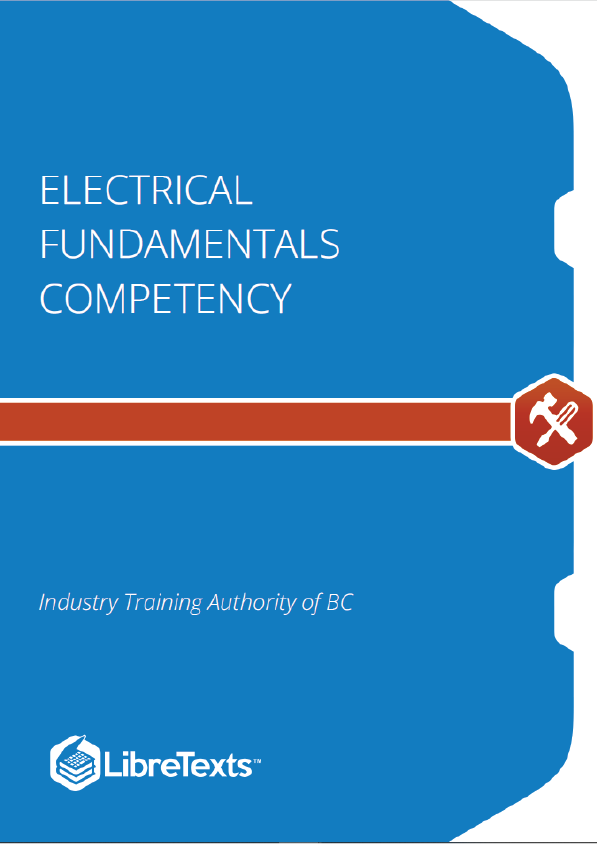Industry Training Authority of BC
The ITA works with employers, employees, industry, labour, training providers, and government to issue credentials, manage apprenticeships, set program standards, and increase opportunities in approximately 100 BC trades. Among its many functions are oversight of the development of training resources that align with program standards, outlines, and learning objectives, and authorizing permission to utilize these resources (text and images).
- Erin Johnston, Director of Training Delivery
- Cory Williams, Manager, Industry Relations
- Publishing Services, Queen’s Printer
- Spencer Tickner, Director of QP Publishing Services
- Dwayne Gordon, Manager, Electronic Publishing
You will use electricity daily. Vehicles and machinery are started and often operated by electricity. Electric tools make the performance of your job easier and more efficient. However, to use electricity safely and effectively, it is important to understand electricity’s terminology and principles.
Over the centuries scientists have discovered that electricity is predictable and measurable. Being familiar with the fundamentals of electricity will help you to understand how and why electrical circuits work.
Explain fundamentals of electricity
Over the centuries scientists have discovered that electricity is predictable and measurable. Being familiar with the fundamentals of electricity will help you to understand how and why electrical circuits work.
Basic principles
Electricity is a form of energy. To understand electricity, it is important that you first understand the structure of matter. Anything that occupies space and has weight is called matter. All liquids, gases, and solids are examples of matter in different forms. Matter is made of smaller units called atoms. Atoms can be grouped together in compounds to form molecules.
Atomic theory
Atoms are the most basic part of matter and differ in atomic structure from each other. The structure of the atom can be described in much the same way as the solar system. Instead of the Sun at the centre, there is a nucleus. This nucleus is made of two basic particles: protons and neutrons.
Neutrons make up the mass (or weight equivalency) of the atom, have no electrical charge, and are considered to be neutral. Protons are particles that have a positive (+) electrical charge and cannot be separated from the nucleus. Surrounding the nucleus in orbits are electrons. These are tiny particles with a negative (–) electrical charge. Figure 1 shows a model of a carbon atom.
Electrical circuits and units of measurement
The term circuit refers to a circular journey or loop. In the case of an electrical circuit, it is the closed path or loop travelled by the electrons. The movement or flow of electrons (current) is predictable and measurable, depending on a number of variables within the circuit.
Polarity
Electrical polarity (positive and negative) is present in every electrical circuit. Electrons flow from the negative pole to the positive pole. In a direct current (DC) circuit, one pole is always negative, the other pole is always positive, and the electrons flow in one direction only. In an alternating current (AC) circuit, the two poles alternate between negative and positive, and the direction of the electron flow reverses.
Circuit components
A closed circuit provides a complete path for the flow of electrons through conductors. Included in this circuit there must be a resistance (or load), which will do the work and some form of control. For a circuit to be operational it must contain some basic components. These include:
- power source
- conductors controls
- load
- protection




